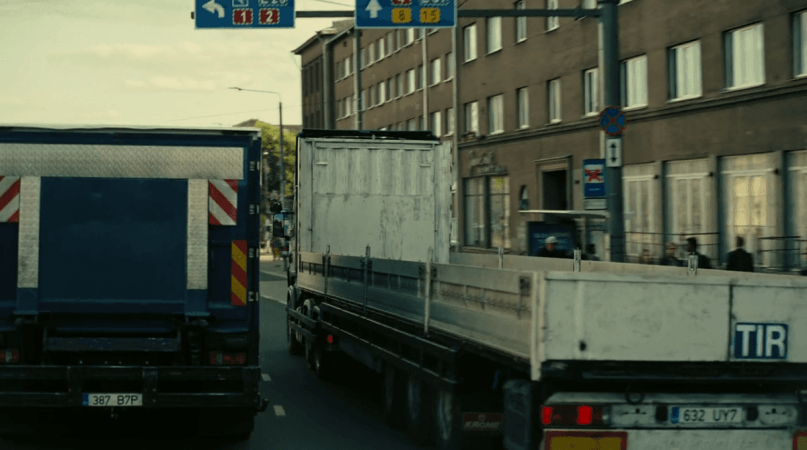Christopher Nolan is one of the directors in Hollywood, who can walk inside the studios with an idea and come out with a $100 million bill. In 2020, due to the COVID 19 situation, there have been undeniable hindrances in his box office collection but the craze to not miss a Nolan film was significantly noticed in the recent collections.
The director plays with time and dimensions. In his narration, he breaks the convention of classical linear narrative, by his obsessive usage of crane shots during truck rides, and allows the audience to evoke an effect invented on his own.

How Christopher Nolan creates his narrative for a film?
Although he has a special effects team, he prefers the traditional method of using the camera. Christopher Nolan's narration stretches the conventions of classical editing by his hyperbolic, obsessive rendition of long shots, crane shots and his consequent expansion of the scenes both temporally and spatially. Yet, he does not break the unity of the scene of the sense in which editing transitions mark the temporally successive moment. At the same time, Nolan's obsessive repetition of the usage allows him to evoke the effect in his traditional methods of filming.
He drops the answer right in front of you, which can be grasped in the second watch
When the viewers grasp the transformation of the ordinary question-answer function of shot/reverse-shot, the editing within the scene is settled into a situation of suspense or anxious uncertainty. Furthermore, in his direction, he brings forward this transposition by transforming Hollywood's usual structure of suspense where the viewer is shown what the character cannot see or does not know, into 'subjective suspense'. Here, the viewers' knowledge is restricted to what the character knows and the viewer shares the character's anxiety over what is about to happen.
The Dark Knight trilogy had a comparatively easier narrative
In the Dark Knight, we all knew that Harvey Dent is not Batman, thereby, when the joker attempted to kill him we knew that he was falling for the trap set by him and the Gotham police. Watch how Nolan gives detailed shots using the crane, shot, reverse shot and a few edits.
What we also knew was that the Joker never just had a plan A, but always had plan Z, hence, we knew that the Joker wasn't naive enough to just believe that Harvey Dent is the real Batman.
A somewhat similar repetition of the sequence was seen in Tenet when Neil was trying to protect the protagonist while securing the turnstile. Observe the shots below.
First a mid-long shot, but from the point of view of the Protagonist and Neil.

Then a shot of everyone's positioning which includes the enemies and...

and the Protagonist and Neil.

Now observe the series of shots...




Did you notice the familiarities?


!['Had denied Housefull franchise as they wanted me to wear a bikini': Tia Bajpai on turning down bold scripts [Exclusive] 'Had denied Housefull franchise as they wanted me to wear a bikini': Tia Bajpai on turning down bold scripts [Exclusive]](https://data1.ibtimes.co.in/en/full/806605/had-denied-housefull-franchise-they-wanted-me-wear-bikini-tia-bajpai-turning-down-bold.png?w=220&h=135&l=50&t=40)


!['Had denied Housefull franchise as they wanted me to wear a bikini': Tia Bajpai on turning down bold scripts [Exclusive]](https://data1.ibtimes.co.in/en/full/806605/had-denied-housefull-franchise-they-wanted-me-wear-bikini-tia-bajpai-turning-down-bold.png?w=220&h=135)


![Nayanthara and Dhanush ignore each other as they attend wedding amid feud over Nayanthara's Netflix documentary row [Watch]](https://data1.ibtimes.co.in/en/full/806599/nayanthara-dhanush-ignore-each-other-they-attend-wedding-amid-feud-over-nayantharas-netflix.jpg?w=220&h=135)